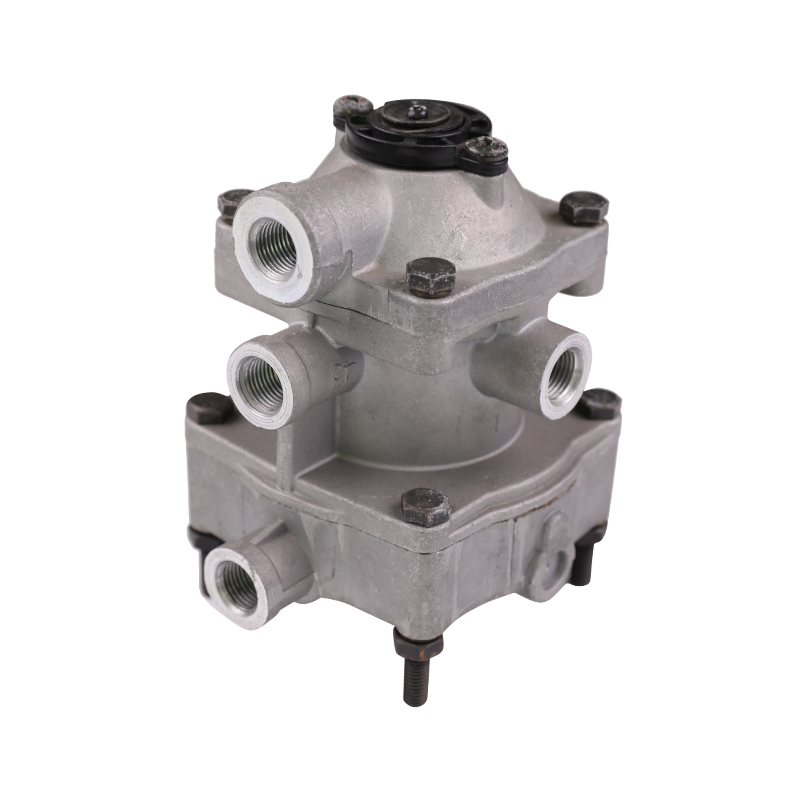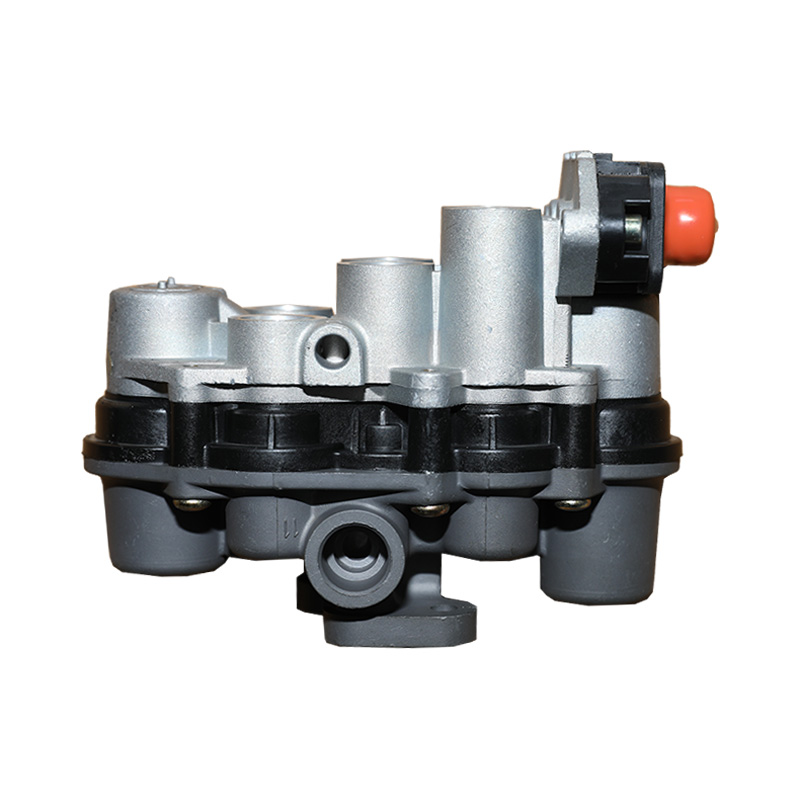In modern automobile braking systems, the performance of the brake chamber is crucial, which directly affects the braking effect and driving safety of the vehicle. Temperature, as an environmental factor that cannot be ignored during the braking process, has a significant and complex impact on the performance of the brake chamber.
Effect of high temperature on the performance of the brake chamber
In high temperature environments, multiple components of the brake chamber will be affected to varying degrees. First, seals and gaskets made of thermoplastic materials tend to expand and soften under high temperature conditions, resulting in a decrease in sealing performance. This performance degradation may not only cause gas leakage, but also prolong the braking reaction time, directly affecting the braking effect.
High temperature environments will also accelerate the evaporation of brake fluid, forming bubbles, thereby reducing the pressure transmission performance and lubrication effect of the brake fluid. The presence of bubbles will lead to uneven pressure distribution inside the brake system, affecting the effective transmission of braking force, increasing the braking distance, and may even lead to serious consequences of brake failure.
In addition, high temperatures will also soften the friction material of the brake shoe or brake caliper, reducing its hardness and wear resistance, which will lead to a decrease in the friction coefficient and a weakened braking effect. At the same time, metal parts such as brake drums and brake discs will expand thermally at high temperatures, resulting in changes in the brake clearance, further affecting the stability and reliability of the brake system.
Effect of low temperature on brake chamber performance
Compared with high temperature, the impact of low temperature on brake chambers is mainly manifested in the shrinkage and hardening of components. Seals made of rubber and plastic will shrink and harden at low temperatures, resulting in reduced sealing performance, which may cause gas leakage.
Under low temperature conditions, the viscosity of the brake fluid increases significantly and the fluidity decreases, resulting in a slower response speed of the brake system. This not only extends the braking distance, but also may make the braking effect unstable.
In addition, low temperatures increase the hardness of the friction material and reduce the friction coefficient with the brake shoe or brake caliper, resulting in a weakened braking effect. At the same time, metal parts such as brake drums and brake discs will shrink at low temperatures, resulting in too small a brake clearance, increased wear and heat generation of the friction pair.
Effect of temperature fluctuations on brake chamber performance
In addition to continuous high or low temperature environments, temperature fluctuations will also affect the performance of the brake chamber. Frequent temperature changes will lead to the accumulation and release of internal stress in the material, which will cause fatigue and aging of the components. This fatigue and aging not only reduces the strength and durability of the components, but can also cause serious problems such as cracks and fractures.
Temperature fluctuations can also affect the thermal balance of the brake system. After long-term braking in a high-temperature environment, a large amount of heat will accumulate inside the brake chamber. If it suddenly enters a low-temperature environment at this time, the heat inside the brake chamber cannot be dissipated in time, which may cause the components to overheat, further exacerbating material fatigue.






